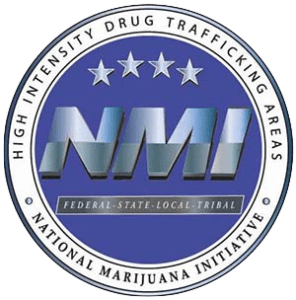The National Marijuana Initiative (NMI) in a partnership with the University of Mississippi, Natural Products Laboratory, conducted research into the actual THC potency of cannabis products in the commercial marketplace. University researchers found that 70% of the commercial cannabis flower they analyzed, failed to meet the claimed THC potency level, as labeled, when sold. When compared to the claimed THC levels, the actual THC levels detected in the vast majority of tested samples were lower by as much as 20 – 160 percent. Only one sample had slightly more THC than as labeled.
University of Mississippi researchers conducted analysis on a total of 107 raw cannabis flower samples collected from Colorado, Oregon, and two areas in California (San Diego and Central Valley). Random samples were purchased by law enforcement, at commercial adult use dispensaries, and submitted to the laboratory for analysis. Researchers recorded the claimed THC concentration associated to that sample. Analysis was then conducted to determine (1) the actual THC value and (2) to assess the accuracy of THC content expressed on labeling. A detected THC content that was within plus (+) or minus (-) 20 percent of the claimed potency when sold was considered as an acceptable variance.
Researchers noted that the lack of accurate labeling of cannabinoids, such as Delta-9 THC, being consumed by the public, creates a risk of, “… excessive consumption, improper dosing, and acute adverse events. Therefore, it is essential to determine the accuracy and reliability of the labeling in order to promote informed decision making and responsible use of cannabis products.”
Read time. < 15 minutes
Photo: unsplash.com / Hopman, M.
